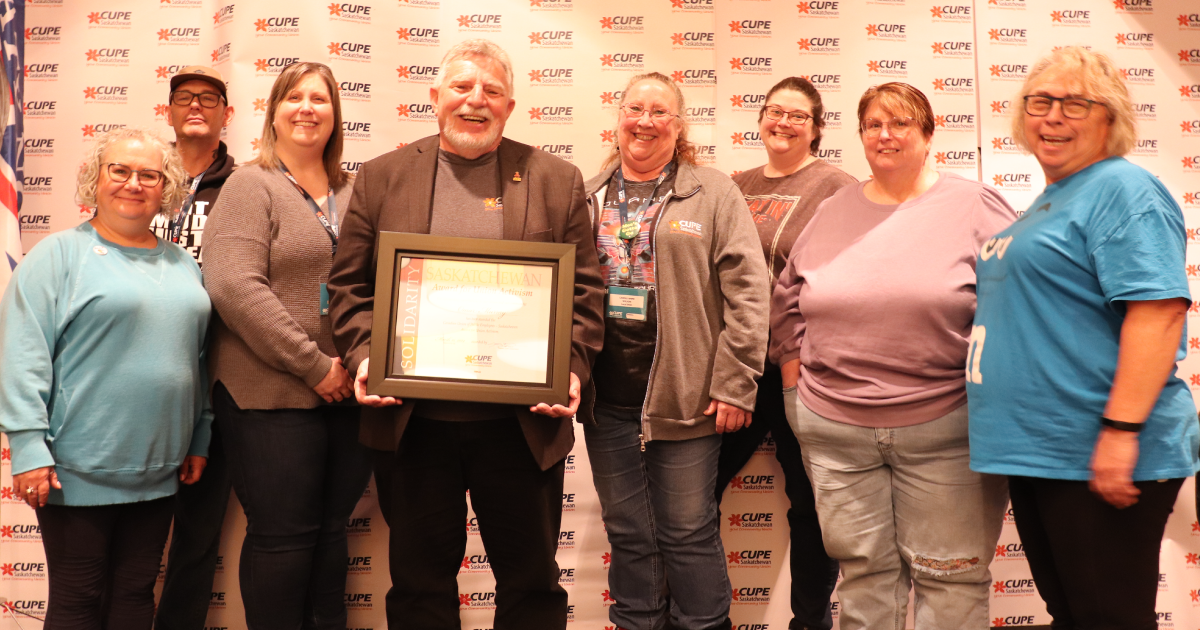SASKATOON – The Saskatchewan Teachers’ Federation will resume bargaining for a new provincial
collective agreement. The decision is a result of ongoing discussions with government that have addressed
teachers’ concerns regarding the accountability of funding to address class size and complexity.
“We have been assured that the Government-Trustee Bargaining Committee has a new mandate to
properly address all of the issues important to teachers.
The Teachers’ Bargaining Committee believes this commitment by government is a positive step,” says STF President Samantha Becotte. “Teachers have maintained that accountability measures must accompany government funding in order to ensure resources go to support students and improve their learning experience. We are optimistic that this understanding represents a significant step forward in negotiations and brings a tentative agreement within reach.”
Negotiations with the GTBC are expected to resume Tuesday, April 16. The resumption of formal
negotiations means job action by teachers will be suspended effective 11:59 p.m. today, Friday, April 12.
The STF will not implement sanctions while negotiations are taking place.
“We appreciate the effort made by Minister Cockrill to work with the STF in order to facilitate a return to
the bargaining table,” Becotte says. “The Teachers’ Bargaining Committee is hopeful that quick progress
can be made on the remaining issues and we can reach a tentative agreement to bring to our members for
ratification.”
Becotte says the efforts of teachers have created a valuable conversation around the issue of class size and
complexity and the importance of providing learning environments that best support students. The
engagement of parents, caregivers, students, businesses and community organizations played an
important role in moving government back to the bargaining table.
“We believe the ongoing commitment of our 13,500 members and the strong support for teachers within
the wider community shows just how much Saskatchewan people value education and the learning
experience of our children,” says Becotte.
